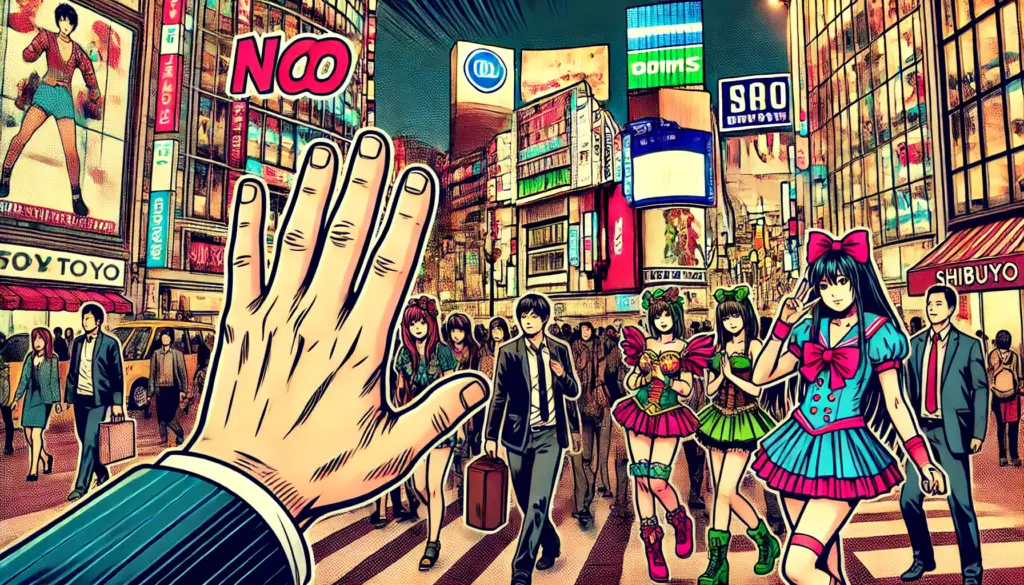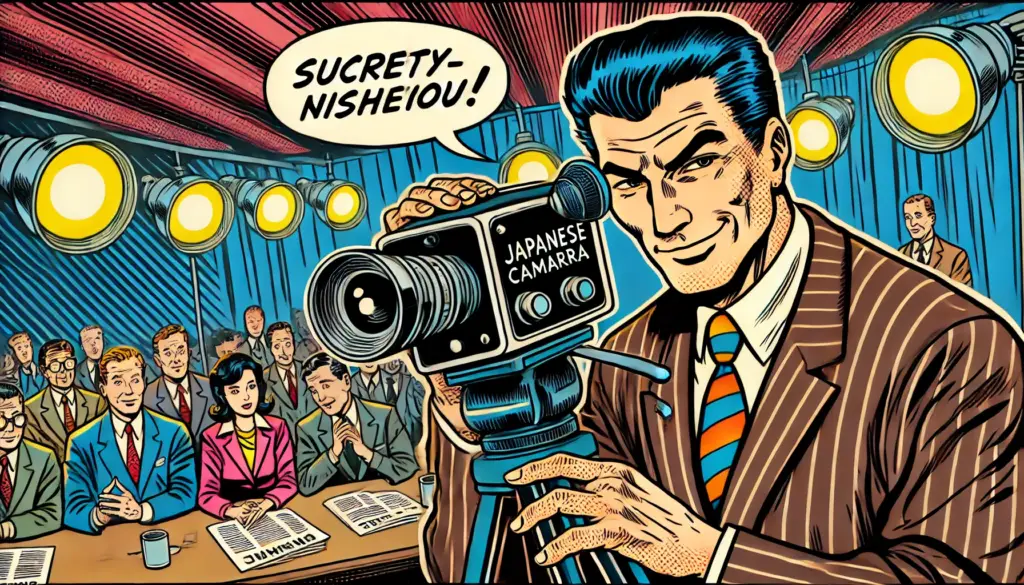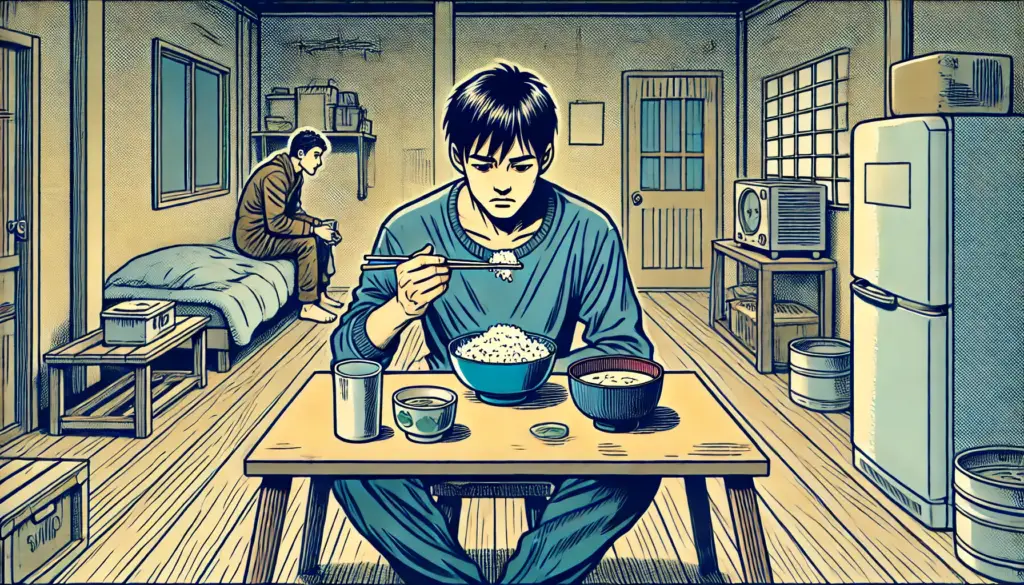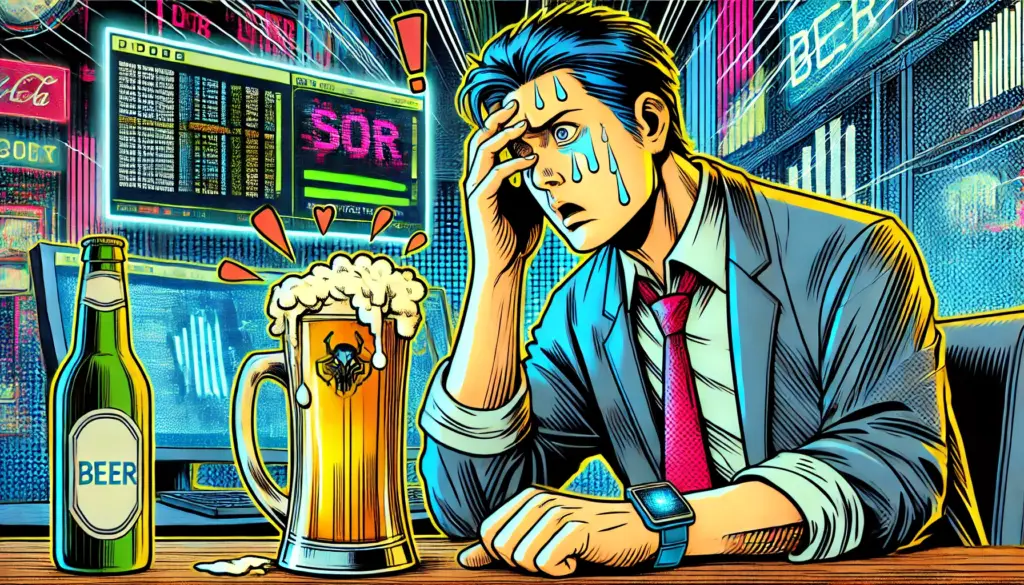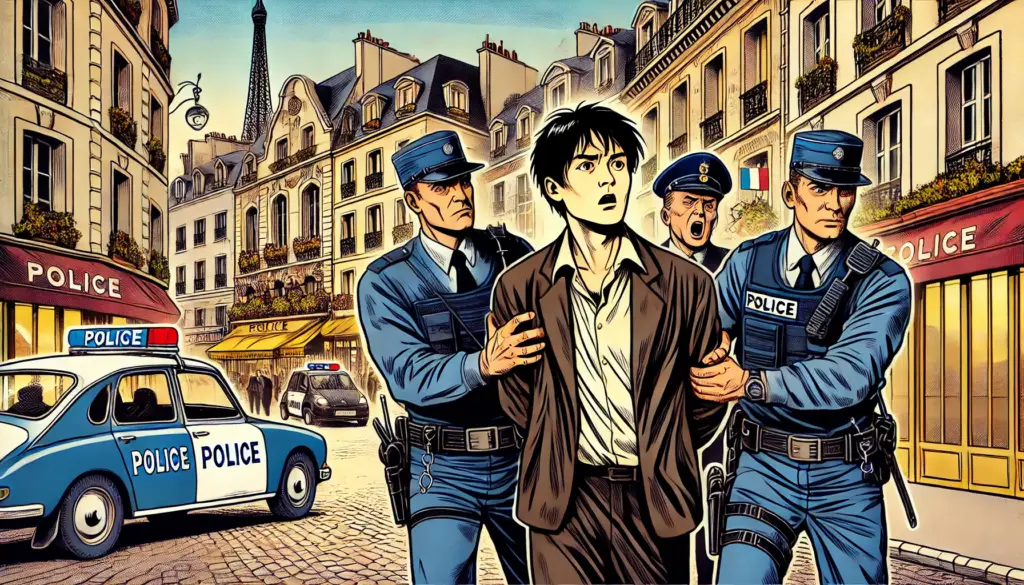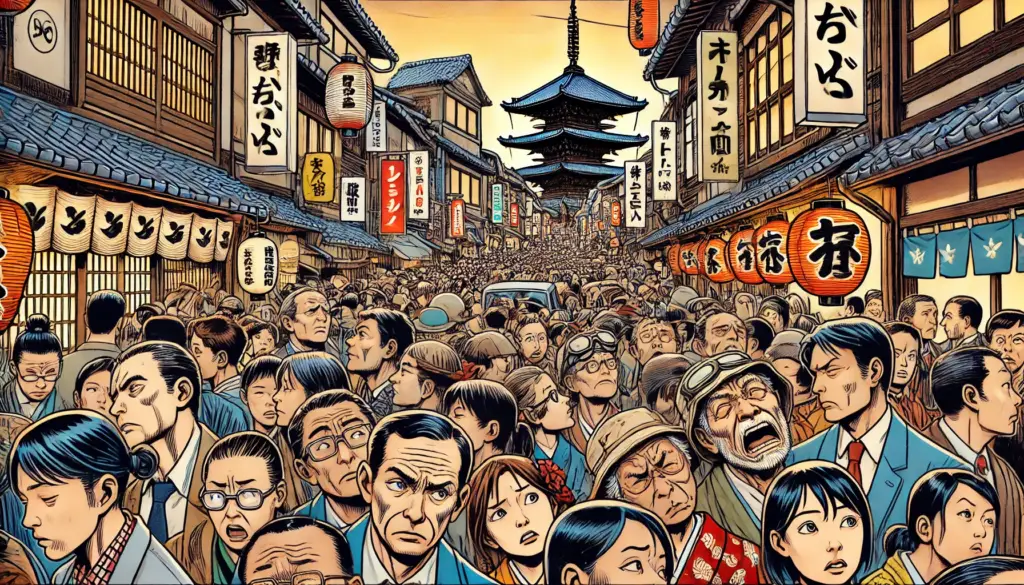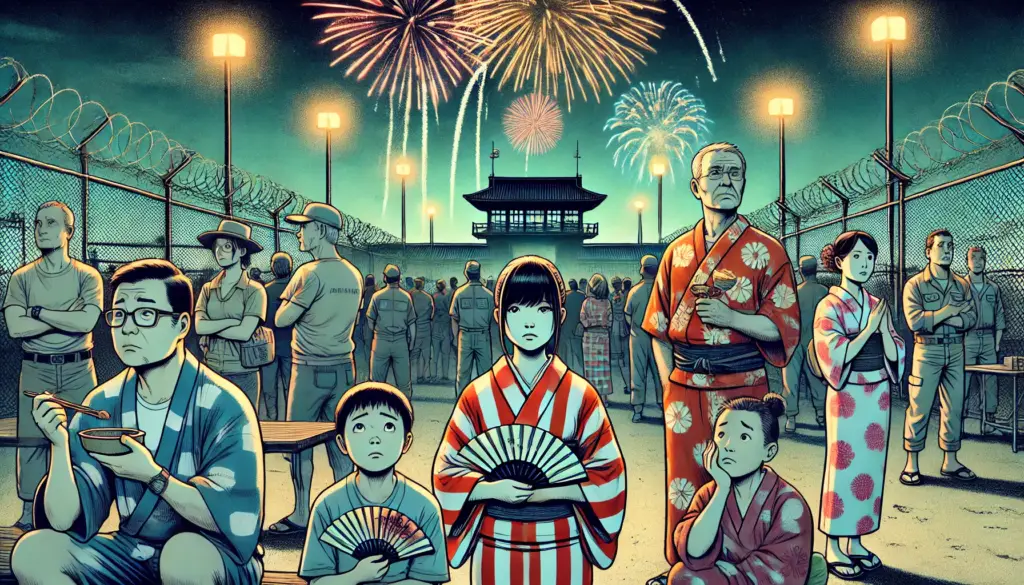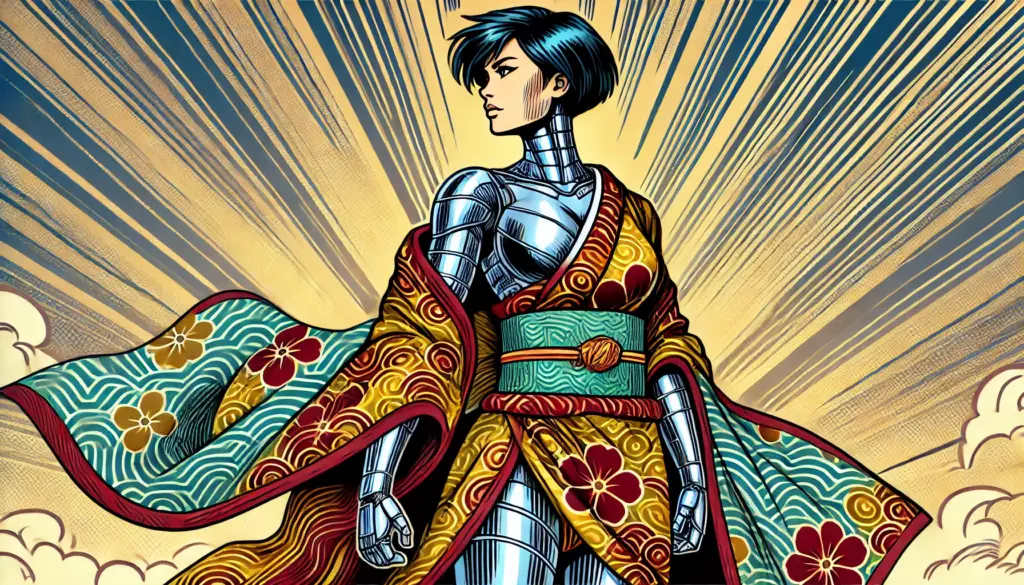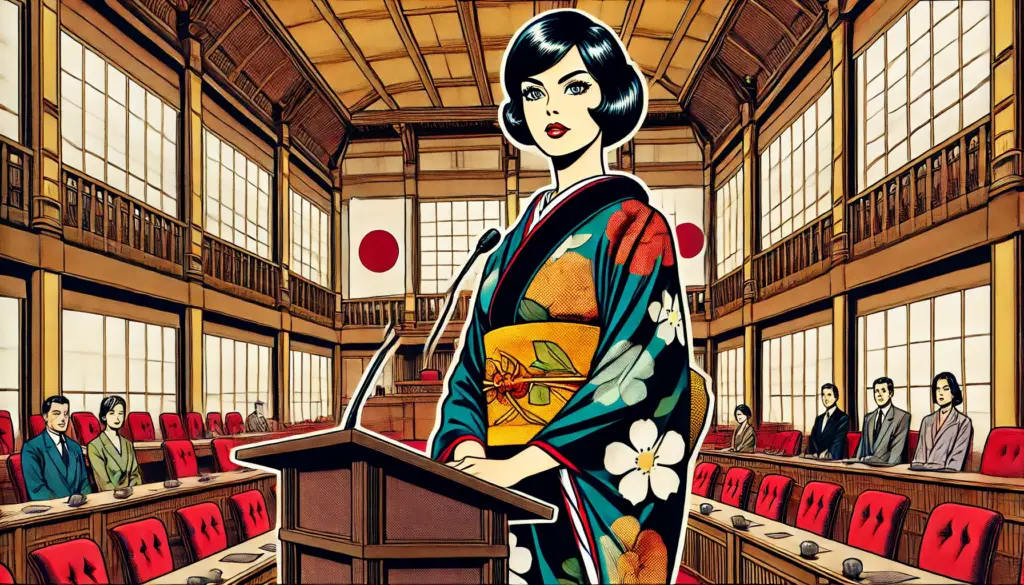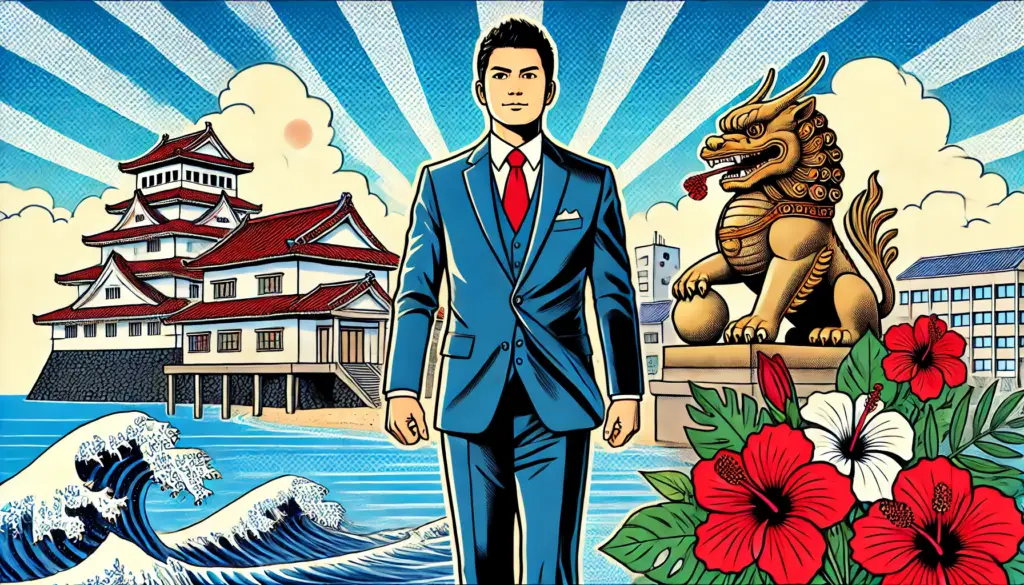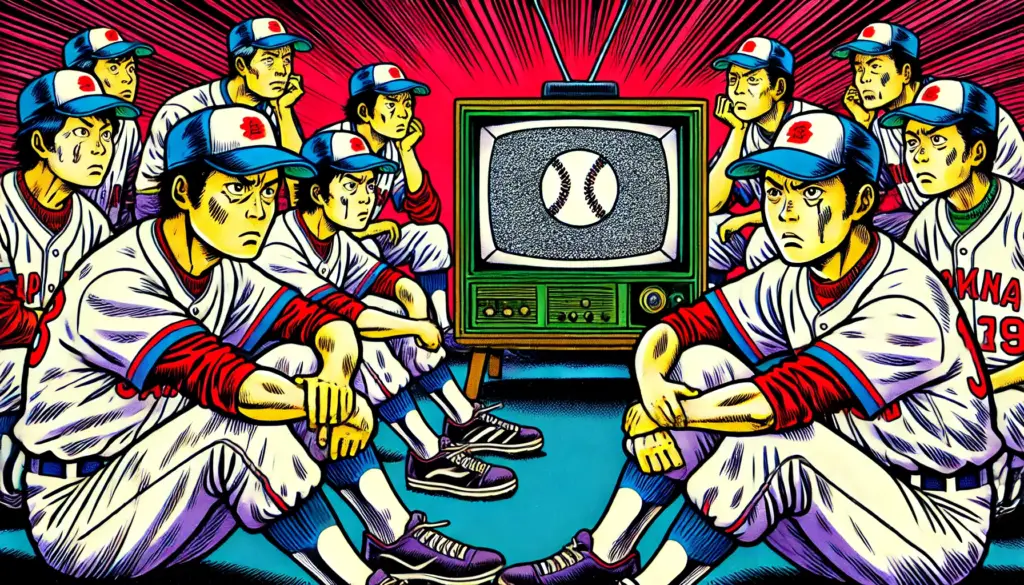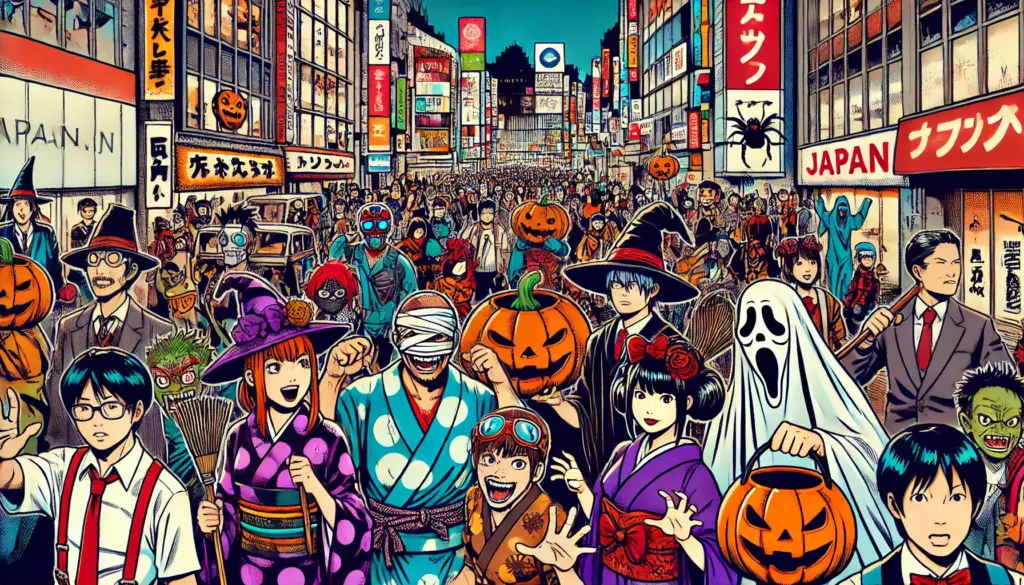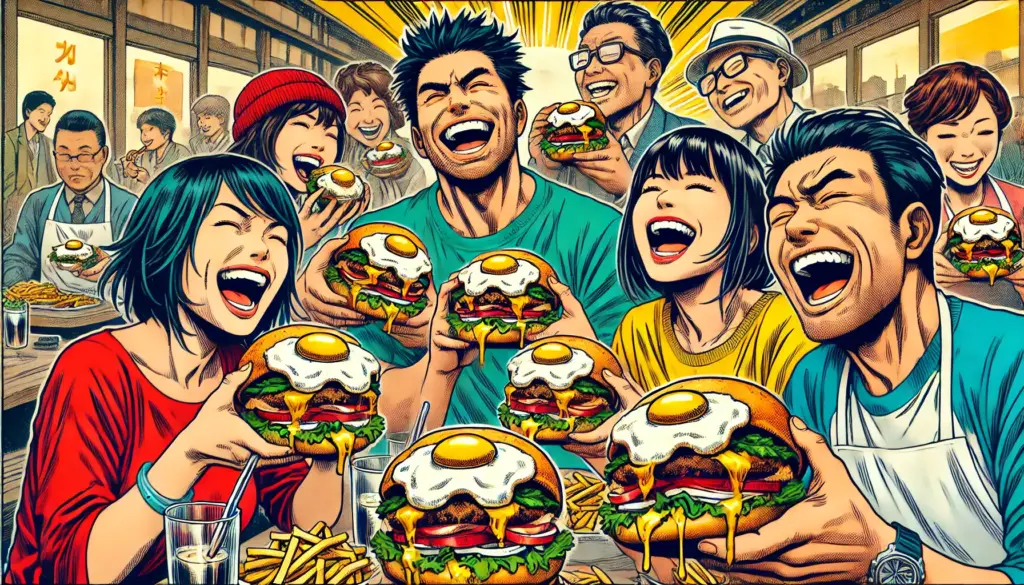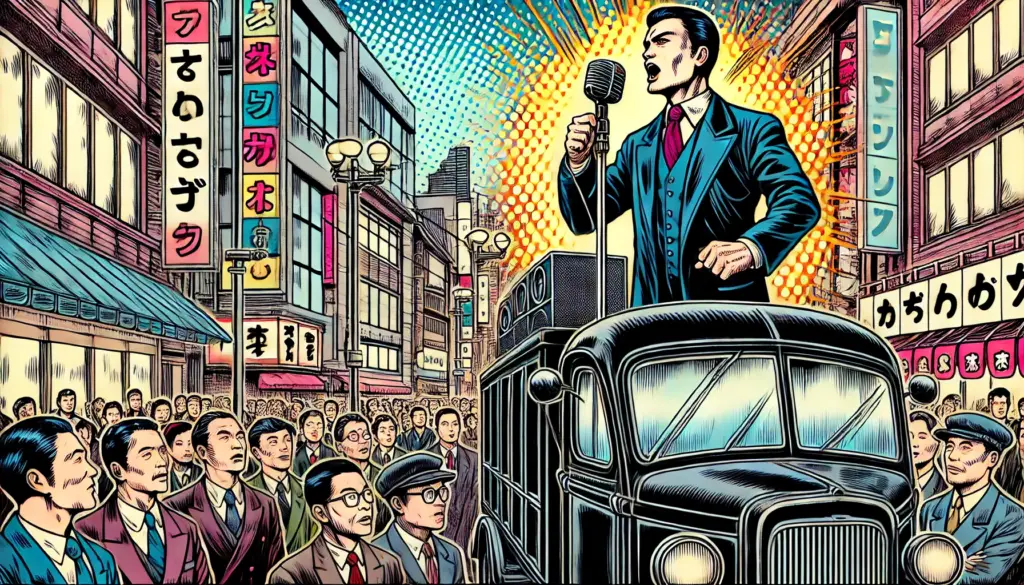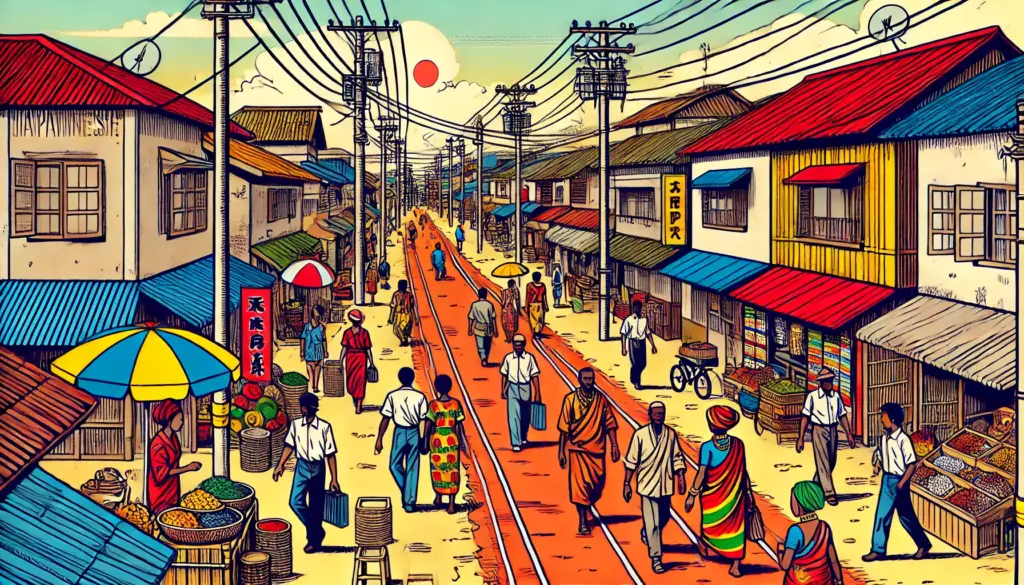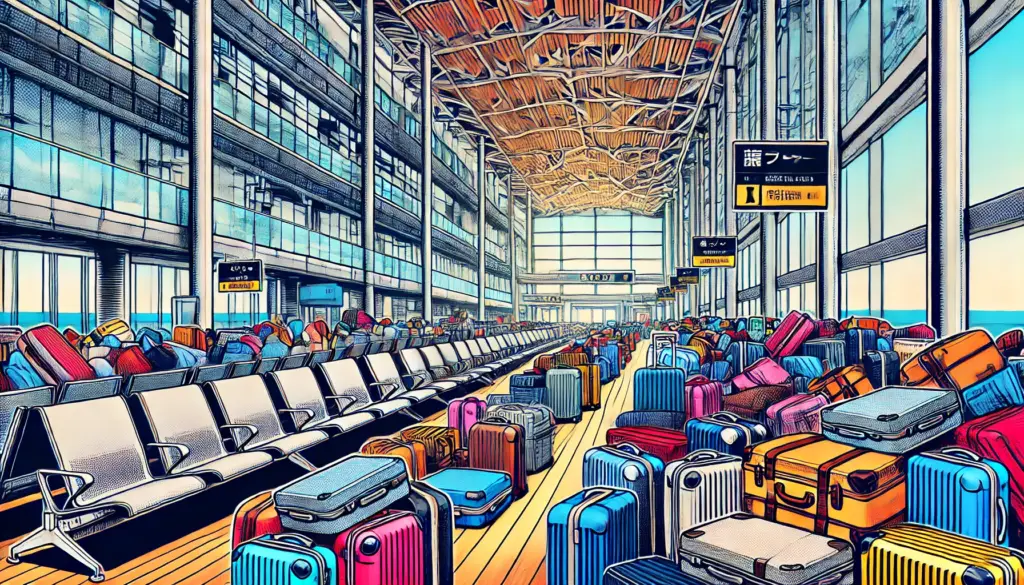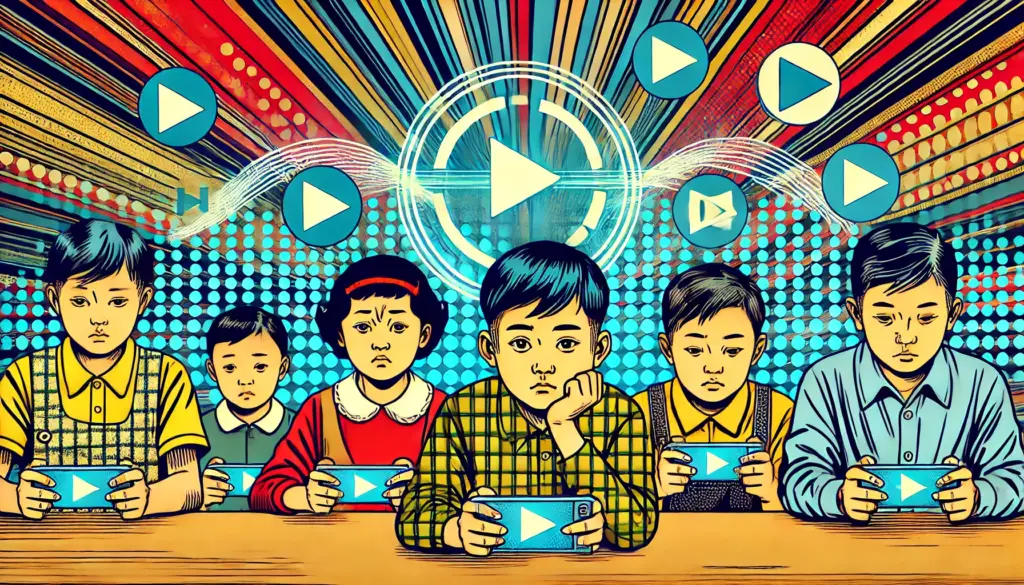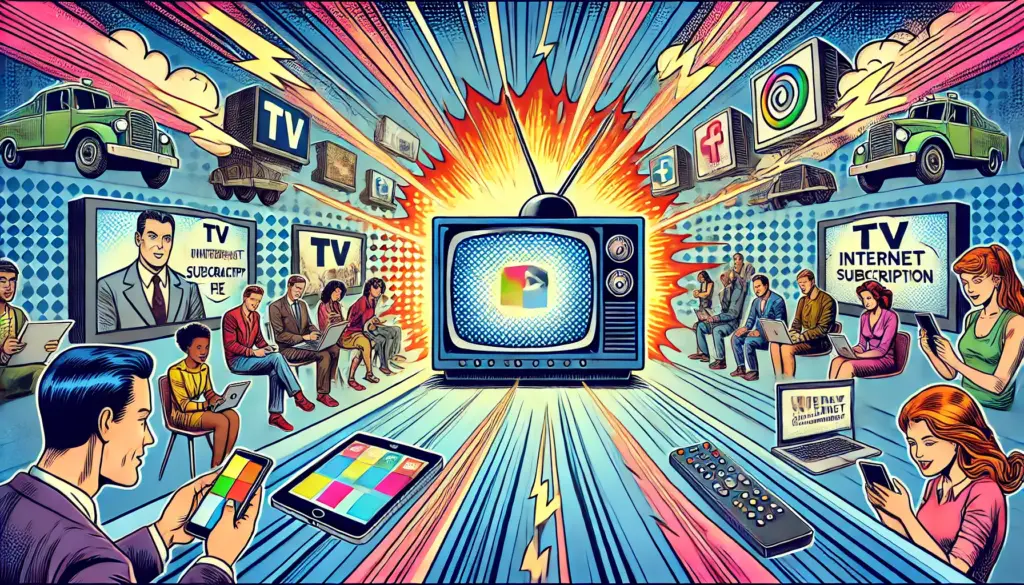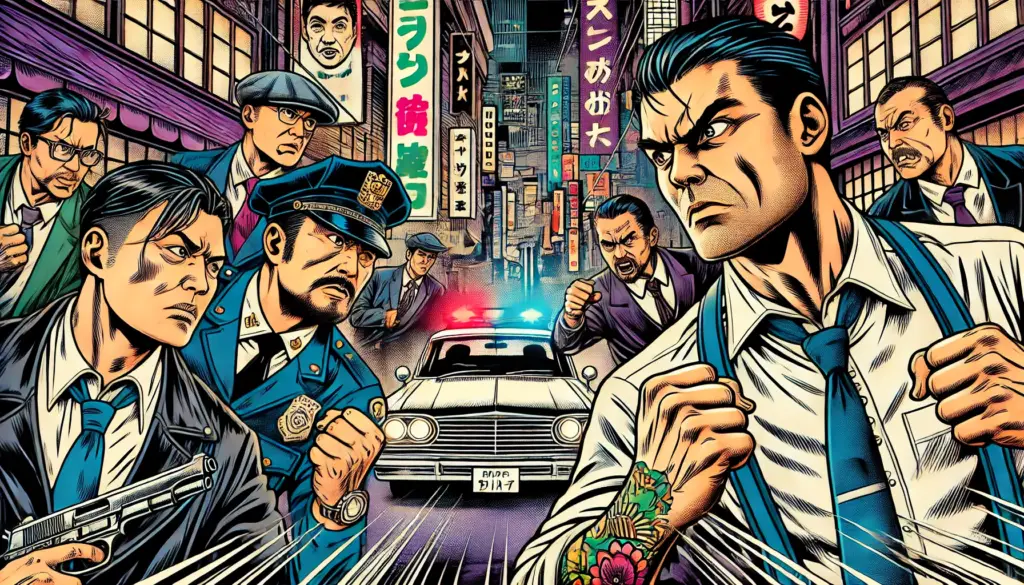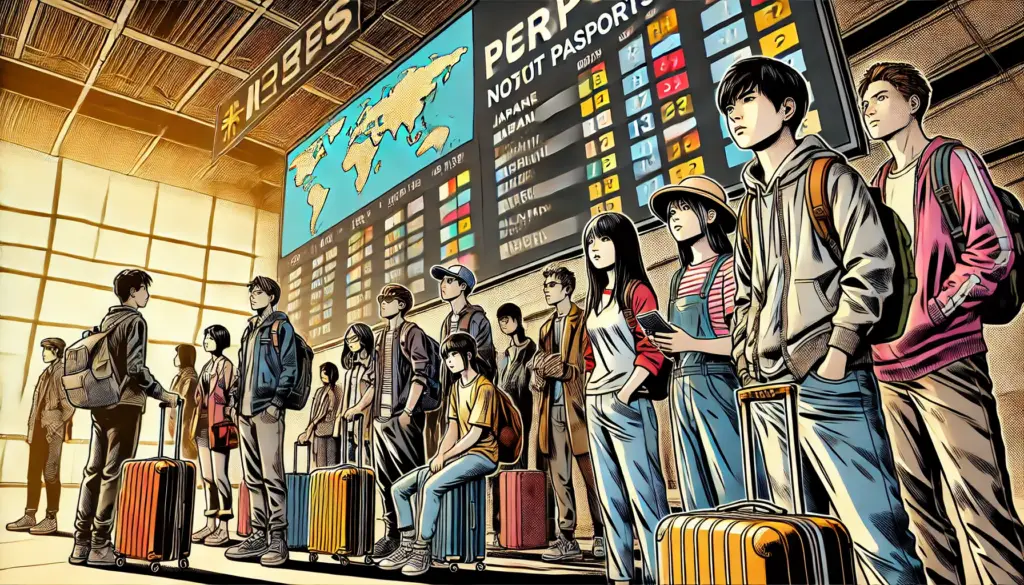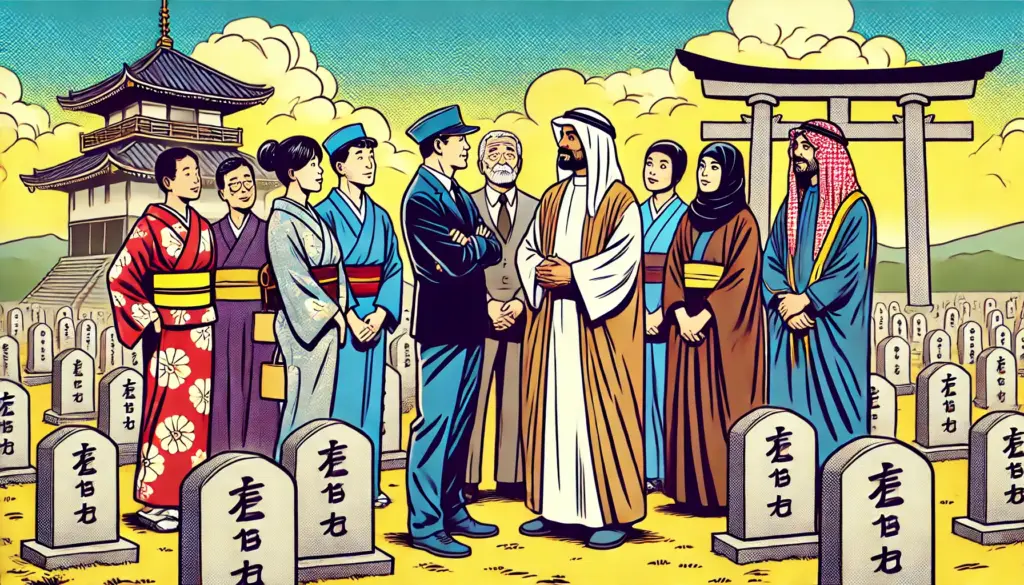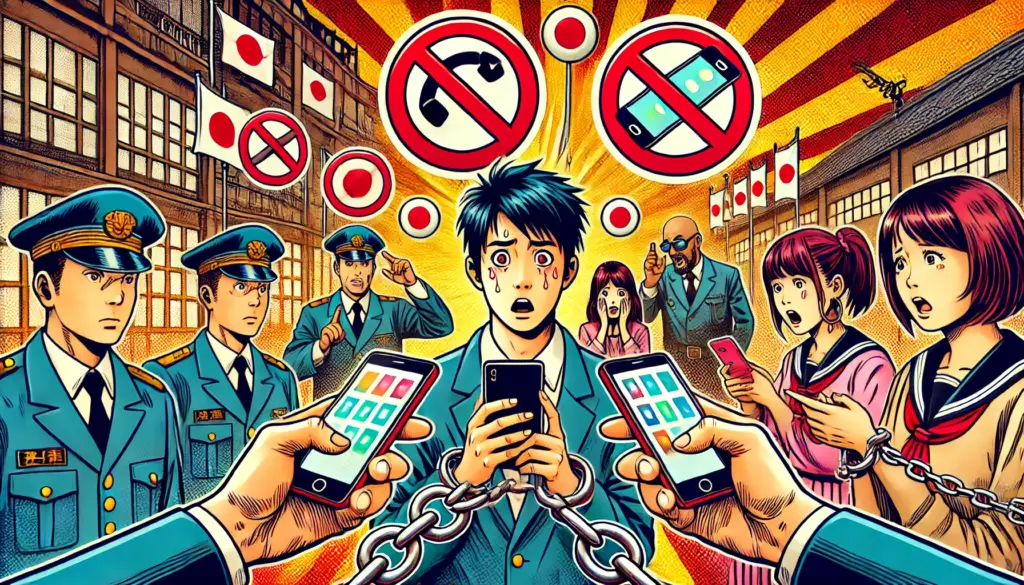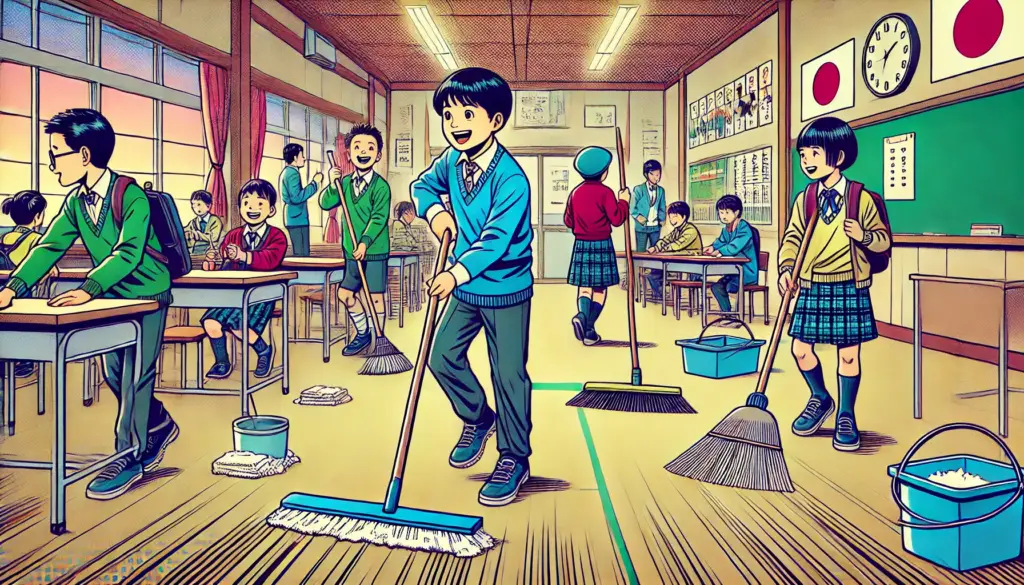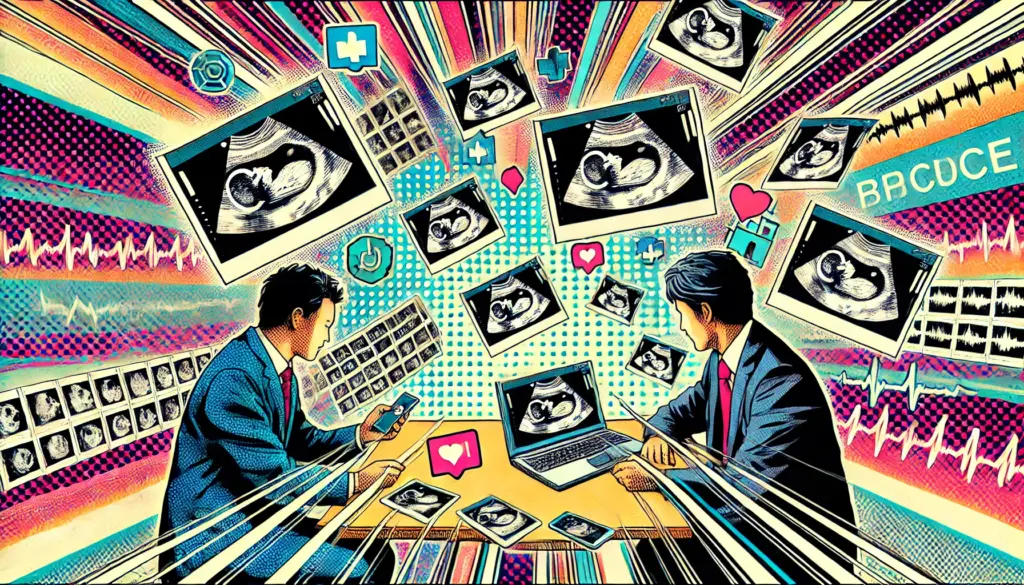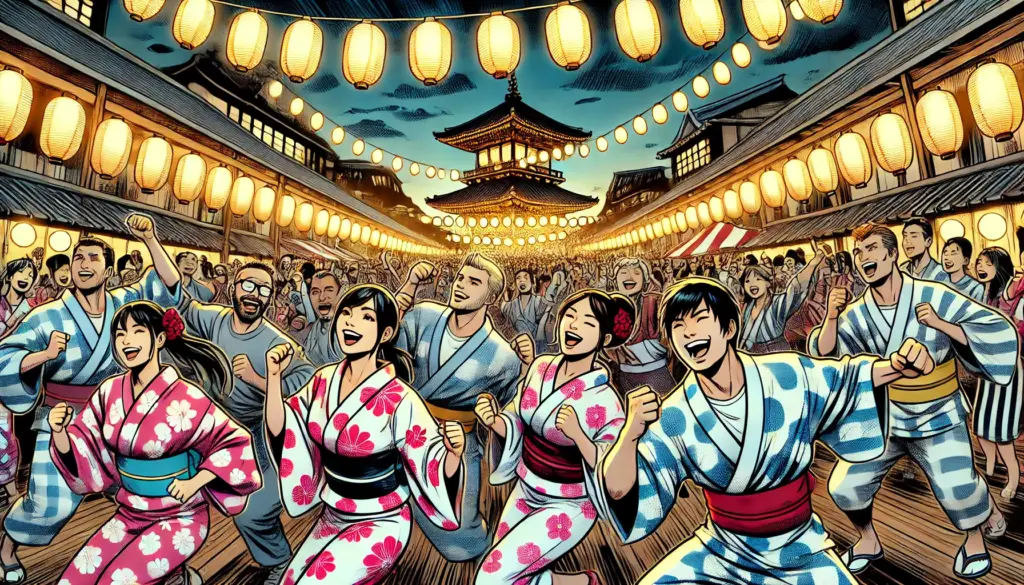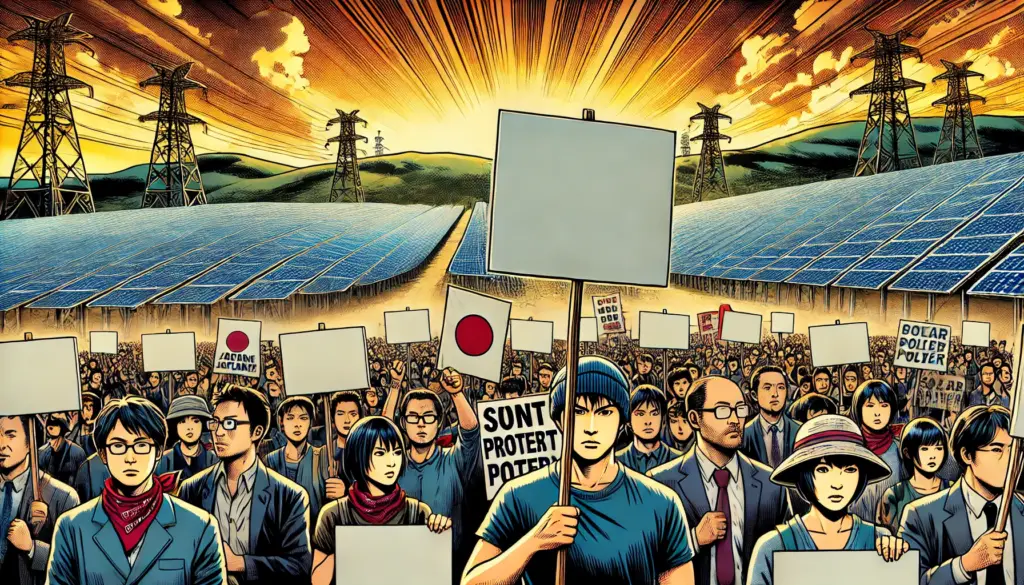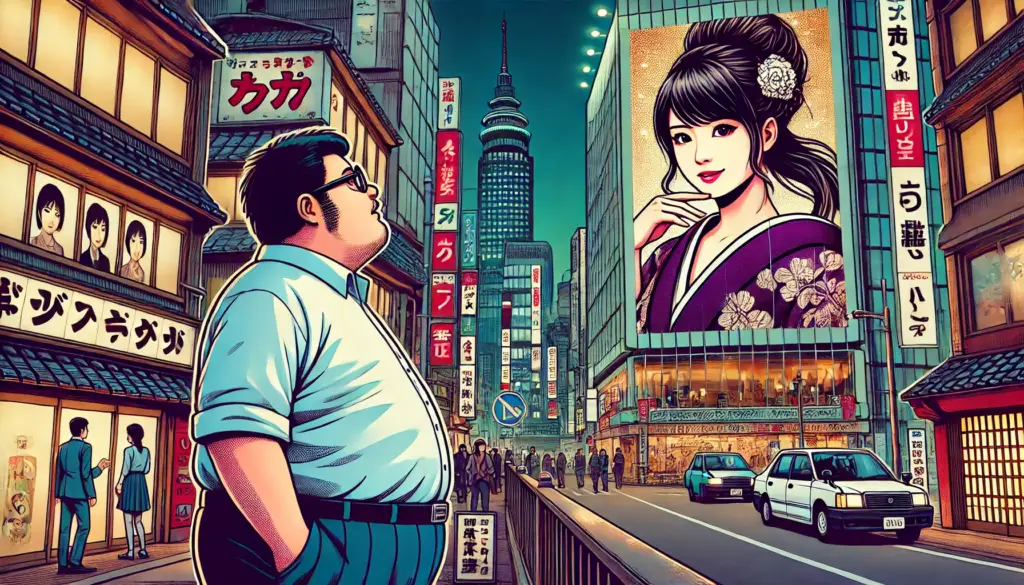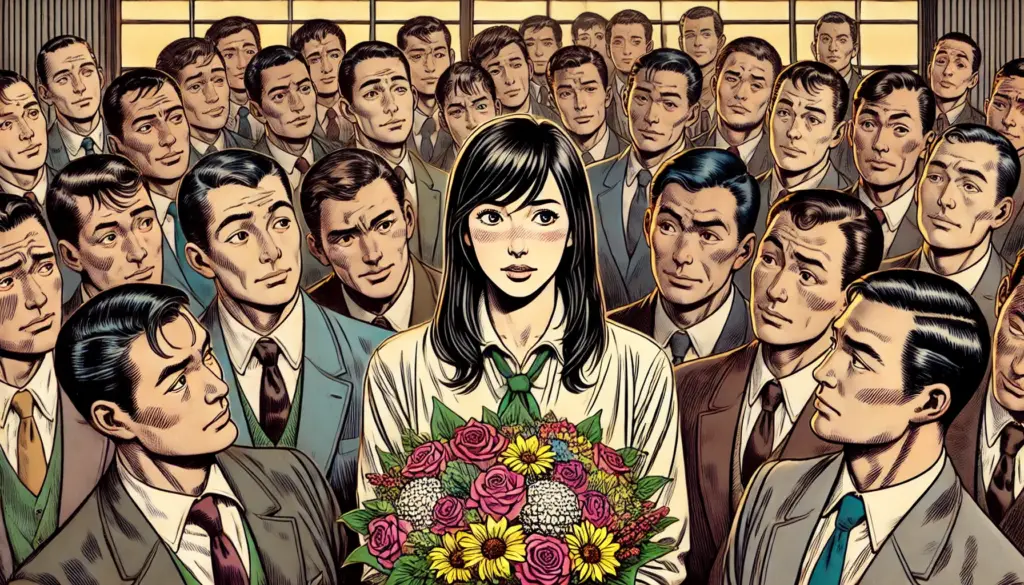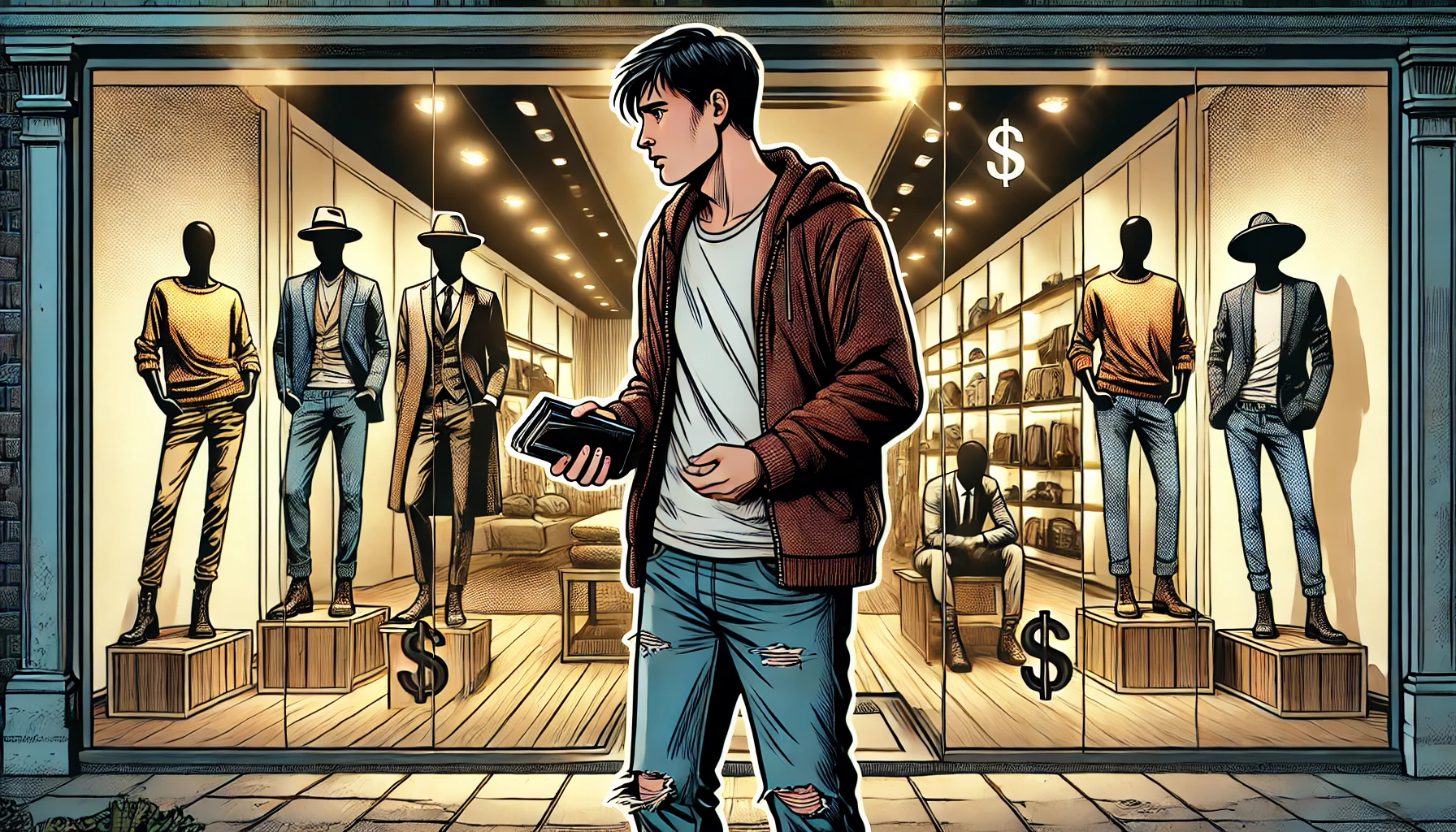
📈 Uniqlo: No Longer “Affordable” for Everyone?
In recent years, many Japanese consumers have started to feel that Uniqlo—once the symbol of affordable, everyday wear—has become expensive. With inflation rising and wages stagnating, even simple items like socks or T-shirts can feel like a luxury for people on tight budgets.
For example, ¥3,000 used to be enough for a full outfit. Now, that may only buy a single top or innerwear. This shift in perception has many wondering: is Uniqlo still a fast‑fashion brand, or is it slowly becoming something more premium?
🧵 Why Does Uniqlo Feel Expensive Now?
1. High-End Collaborations
Uniqlo has increasingly partnered with well-known designers, releasing limited collections with higher price tags. Items from these lines often cost over ¥5,000 and are perceived as premium fashion, creating a luxury-like brand image.
2. More Premium Product Lines
While Uniqlo still offers basic items at low prices, it has expanded its premium lines—such as AIRism suits, outerwear, and high-tech fabrics. These products often target working professionals and fashion-conscious consumers.
3. Impact of Inflation and the Weak Yen
Rising import costs, materials shortages, and currency depreciation have pushed up retail prices. Even Uniqlo, known for price stability, has adjusted some product pricing upward to maintain quality.
🧥 Is Uniqlo Still “Fast Fashion”?
Yes—but with a twist. The company continues to deliver mass-produced basics at competitive prices. However, its strategy is evolving. Rather than competing solely on price, Uniqlo now emphasizes “LifeWear”—clothes that balance function, style, and durability.
That said, the brand’s widening price range creates a split image: some items feel luxurious, while others remain affordable. This dual identity appeals to a broader market, but can confuse budget-conscious shoppers.
🛒 Alternatives to Uniqlo for Budget Shoppers
If Uniqlo has started to feel too pricey, here are some affordable alternatives available in Japan:
👚 GU
Uniqlo’s sister brand. Trendier, cheaper, and targeted toward younger consumers. Great for seasonal or statement pieces.
🧦 Shimamura
A long-time favorite for value-seeking shoppers. Offers an extensive lineup of basic clothes and home items at very low prices.
👕 Honeys
Affordable women’s fashion with a wide variety of styles. Many casual tops and skirts under ¥2,000.
📦 Nissen (Online)
Offers clothing, home goods, and lifestyle items at budget-friendly prices. Online-only platform means regular discounts and large seasonal sales.
♻️ Secondhand & Thrift
Apps like Mercari are booming in Japan. Fashion-conscious consumers are turning to used clothing for affordable, eco-friendly options.
🌿 The Growing Push for Sustainable Fashion
As inflation tightens wallets, many people are also rethinking how they shop. Fast fashion is cheap—but it’s often harmful to the planet. The fashion industry is a major source of water pollution and CO₂ emissions. Some shoppers are choosing to:
- Buy fewer, better-quality items
- Shop secondhand or vintage
- Rent or resell clothes online
- Choose brands with sustainability policies
Uniqlo itself has launched recycling initiatives and sustainability campaigns, but these may not fully offset its mass production impact. Still, it’s a step in the right direction.
💡 Final Thoughts
- Uniqlo isn’t technically luxury—but rising prices and strategic branding are shifting how it’s perceived.
- If you’re on a budget, don’t worry. Affordable options like GU, Shimamura, and Honeys still offer great value.
- Inflation may be changing your wardrobe—but it’s also encouraging smarter, more sustainable shopping habits.

